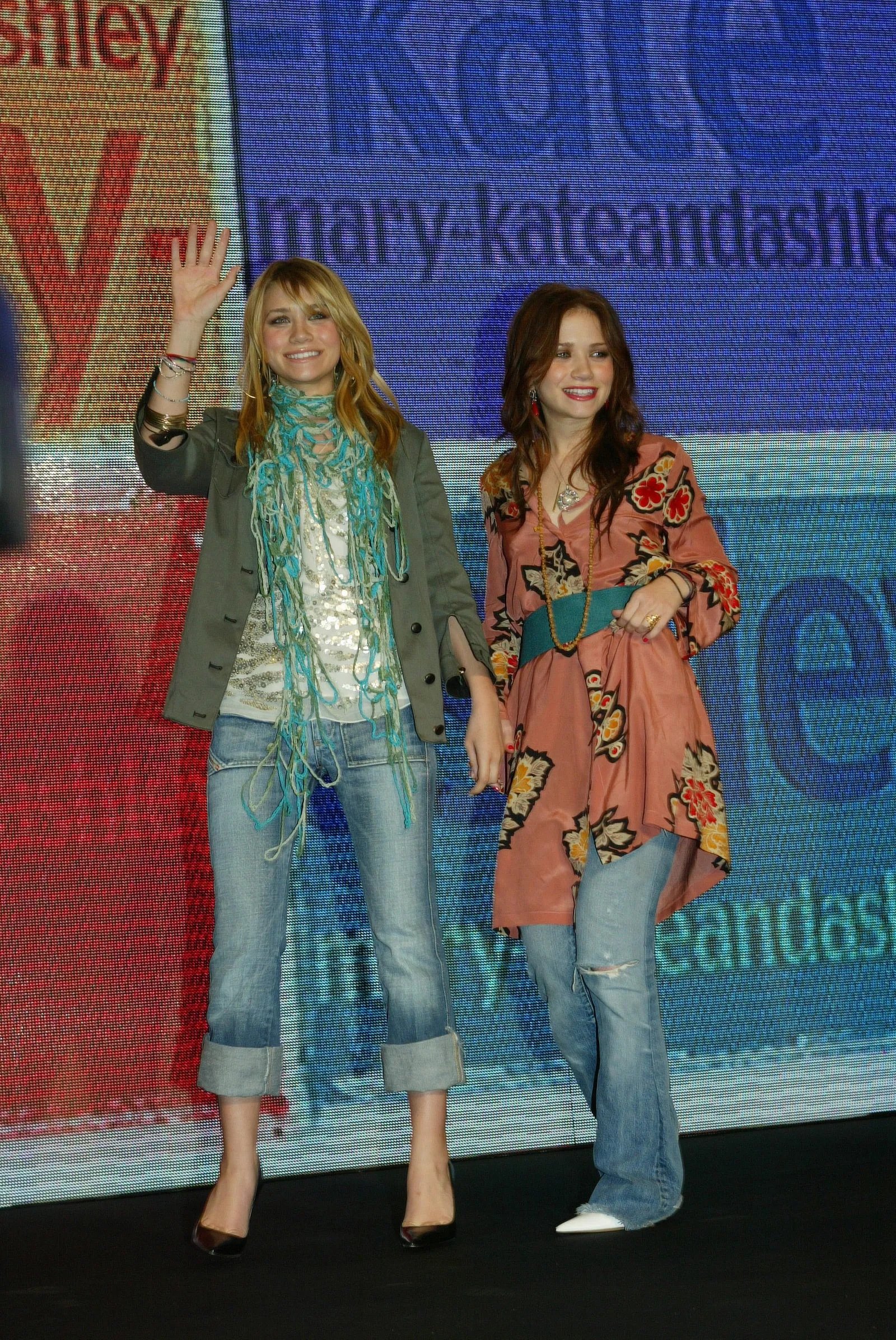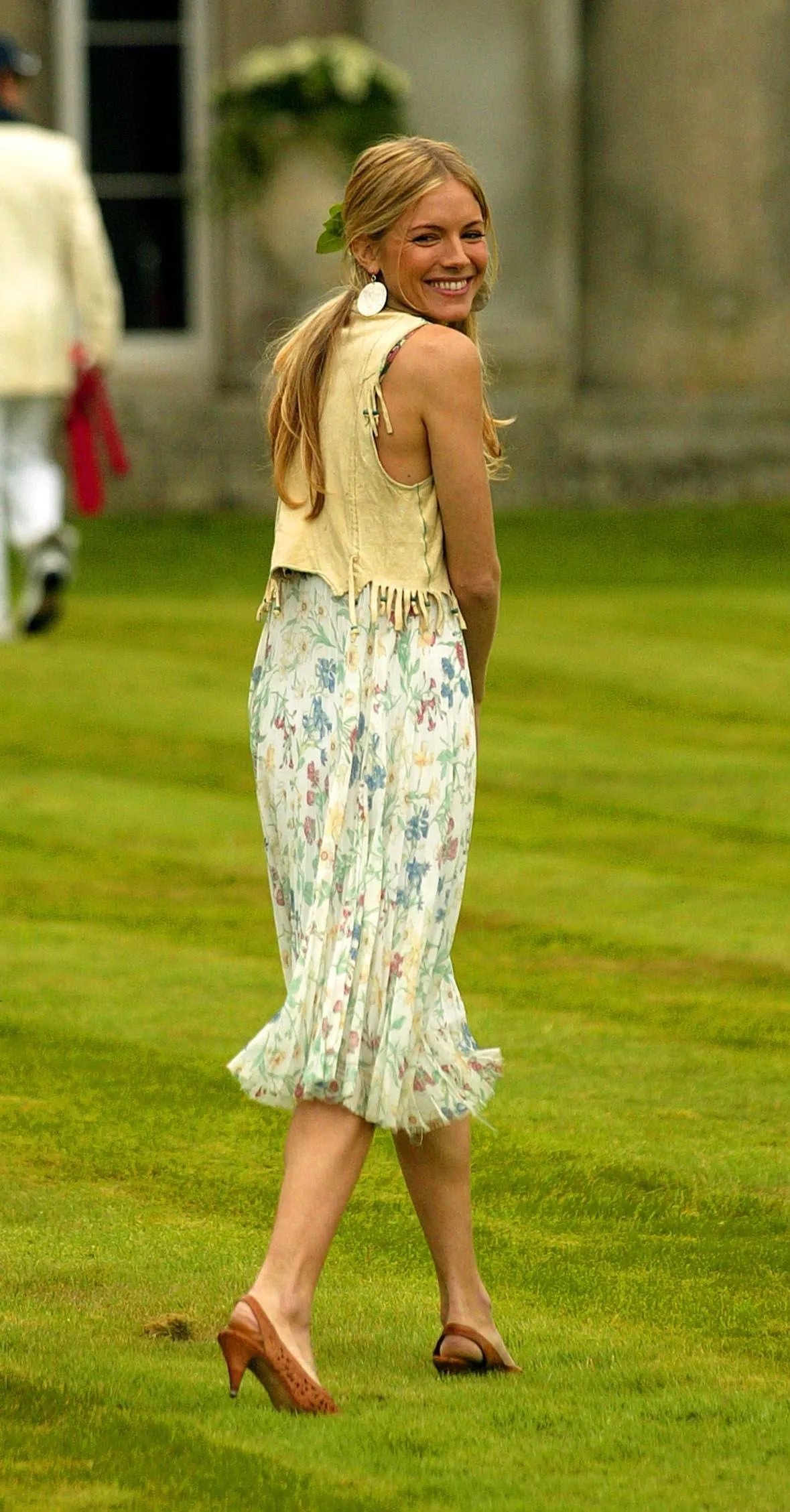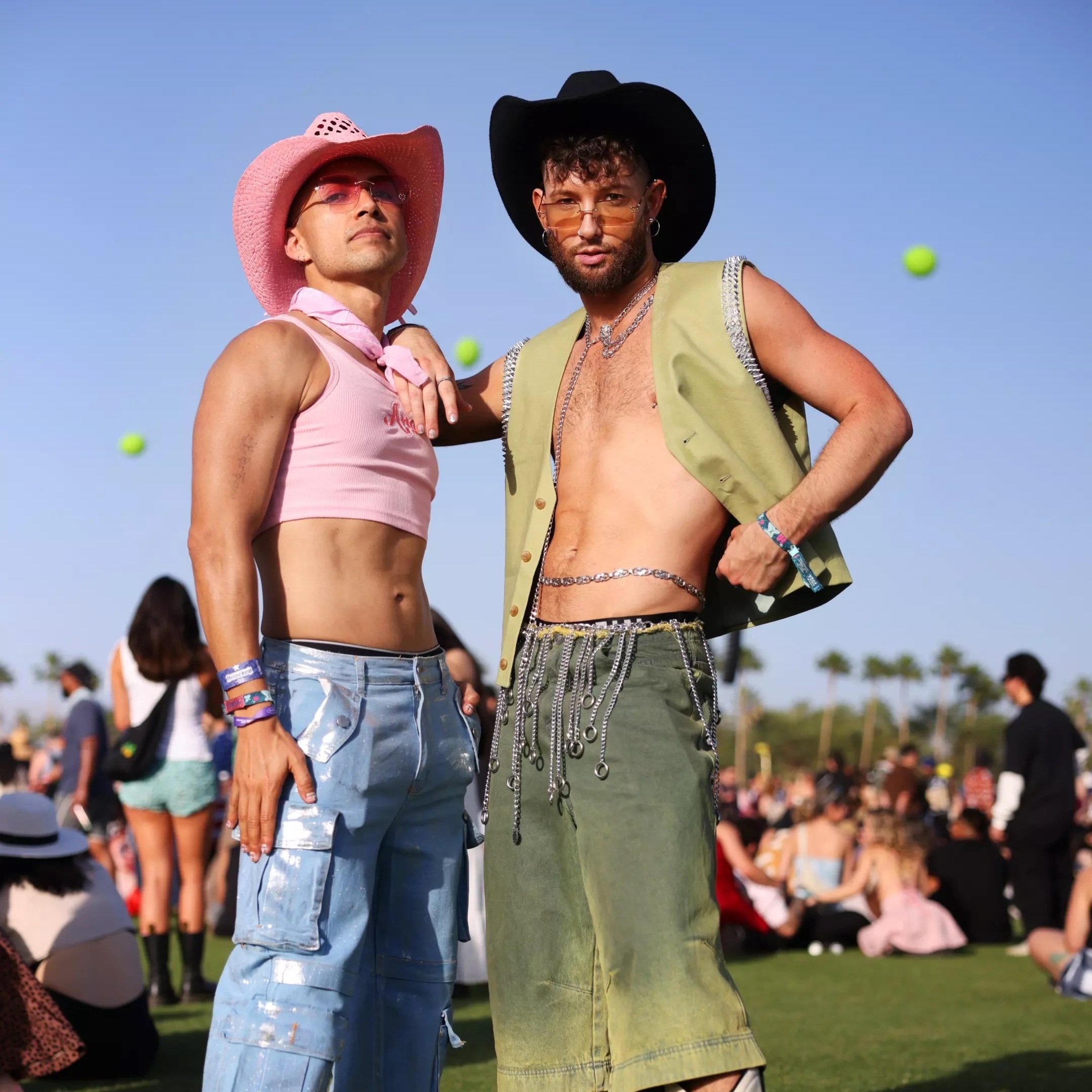Inspiration or Appropriation? Festival Fashion, Examined
With festival season upon us, there is no better time to look back on the evolution of festival fashion. Festival fashion derives many style cues from boho chic, a style rooted in the hippie fashions of the 70s—and, by extension, cultural appropriation.
According to Britannica, the hippie movement gained popularity throughout the 1960s and 70s as a countercultural rejection of mainstream American culture and consumerism. Hippies tended to be white, middle-class teenagers who subscribed to a lifestyle of unprocessed or plant-based diets, holistic medicine, and unconventional fashion. Hippies also appropriated elements of Buddhism, Hinduism, and other Eastern religions, as well as indigenous cultures. It was a movement that many now understand to be rooted in privilege, not only because hippies were able to take elements of indigenous and Eastern cultures without giving attention to the discrimination experienced by the people actually belonging to those cultures. In addition, the ability to “drop out” of society was a luxury reserved to the kind of young, white, middle-class individuals who made up the majority of people in the hippie movement.
While the hippie movement faded in popularity moving into the 1980s, its bohemian fashion saw a resurgence in the “boho-chic” style of the early 2000s. The word “bohemian” derives from the French bohemién, a term (which some understand to have a pejorative connotation) used to refer to the Roma people, an ethnic group who originated in Northern India but migrated across Europe and other continents throughout the 10th-20th centuries. In a modern context, the word has become more synonymous with a counterculture or style that has associations with creativity and artistic expression.
During its 2000s revival, the boho style combined the retro elements of hippie culture with elements of contemporary fashion to create a trend characterized by loose-fitting clothing, embellishments like beadwork and tassels, “tribal” and floral prints, and maximalist jewelry. The Olsen twins were two popular sporters of this look during the early 2000s, as was Sienna Miller.
While the aforementioned history of the Hippie and Bohemian subcultures and fashions does not fully encapsulate the nuances and harmful aspects of both movements, it is necessary for understanding the predecessors to modern “festival fashion,” which draws inspiration from both movements’ styles while ignoring many of the counter-cultural aspects of them.
Woodstock was a three-day music and art festival held in August of 1969, advertised as “3 Days of Peace and Music” and which is often remembered in connection with the hippie movement. There were various attempts through the end of the 20th century to replicate Woodstock 1969’s immense success, with the last taking place in 1999 and ending in riots and violence. Only three months after the failure of Woodstock ‘99 came the debut of Coachella, which has now arguably become the most popular music festival of the present day. It is perhaps because of Coachella’s association with Woodstock since its inception that the style associated with the Los Angeles festival draws so many parallels to the styles of the hippies who attended Woodstock ‘69 en masse. But in taking on that style, Coachella attendees often also adopt the same practice of cultural appropriation that followers of hippie and boho-chic fashion were guilty of.
Many of the hallmarks of festival fashion—including “tribal” beading and prints, the use of bindis as makeup, and accessorizing with Native American feather headdresses—steal sacred symbols and elements of Hindu, Buddhist, and indigenous cultures. This is a continuation of hippies appropriating those same cultures, not only for elements of their dressing but also for their lifestyles, while ignoring the inability of people belonging to those cultures to express their heritage without fear of discriminatory treatment. The prominence of cultural appropriation at music festivals, especially throughout the 2010s, allows the continuation of the oppression of minority groups and disregard for their struggles. The celebrities and influencers who wear these cultural symbols to festivals are credited with the creation of new trends in fashion while the origins of those symbols are ignored, contributing to the power imbalance between the majority and marginalized groups. While cultural exchange is not inherently negative, when done respectfully it requires an understanding of the significance behind the clothing being worn. Cultural appreciation, as opposed to appropriation, involves active efforts to learn about the origins of the styles being adopted and to understand the proper time and place to wear those styles in order to show respect for the traditions of other cultures.
Featured Image Courtesy of Shutterstock




